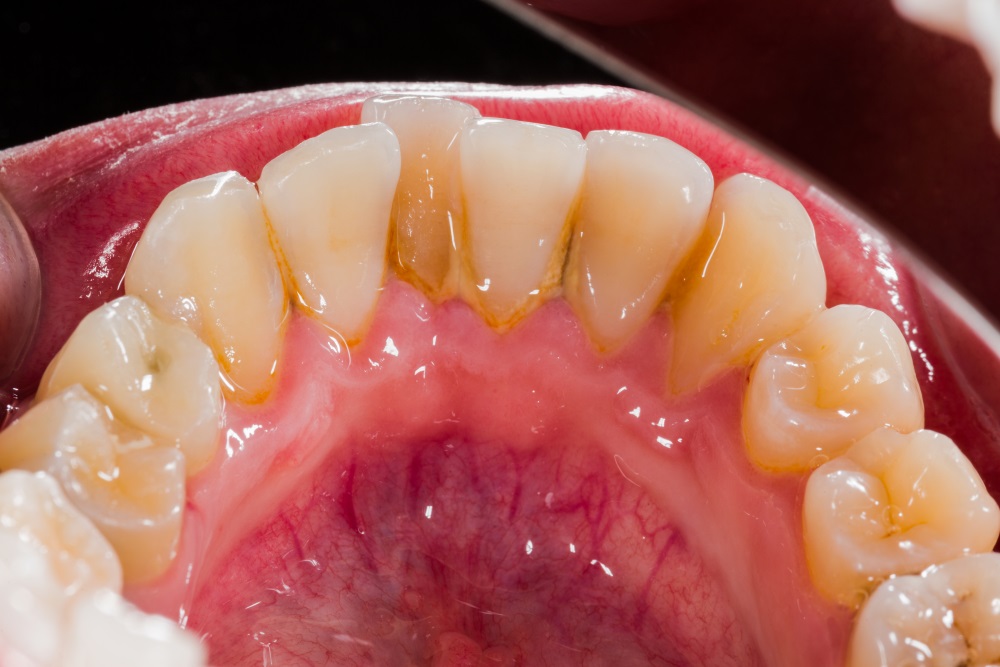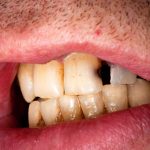A Case of Crooked Front Teeth and Dental Malocclusion
Imagine a patient calls us here at Dr. Ku’s office, complaining of jaw pain and discomfort when chewing and biting. She’s convinced that there is a significant issue, possibly a cavity that went ignored for too long or even something more serious that could result in a procedure like a root canal.
In cases like this with severe sensitivity, we bring patients in immediately for an exam. When we’re dealing with incisors (the center-most teeth in the mouth), it’s often determined that something else is to blame other than decay, since incisors are the easiest teeth to brush.
Let’s say the patient who called us suffered a case of misalignment of her incisors. This common problem is called a malocclusion, or more simply a deviation from the ideal alignment of the teeth. The issue can become very painful, leaving patients scrambling to find a dentist.
Dental malocclusions and our incisors
Malocclusions are usually caused by crooked incisors. Before we get into how to this issue can be resolved, first let’s dig into what incisors are.
Your eight incisor teeth are located in the front part of your mouth. You have four of them in your upper jaw and four in your lower jaw.
Incisors are shaped like small chisels. From the Latin word “incidere,” which means “to cut,” these chisel-shaped teeth are primarily used to bite, cut and tear tough and fibrous foods. The biting portion of an incisor is wide and thin, making a chisel-shaped cutting edge. The upper incisors have a delicate, tactile sense that enables them to be used for identifying objects in the mouth by nibbling.
Whenever you sink your teeth into something, such as an apple, you use your incisor teeth. Incisors are usually the first set of teeth to erupt, appearing at about six months old. The adult set grows in between the ages of six and eight.
Is painful misalignment of incisors common?
As mentioned in the story above, the most problem associated with incisors is misalignment due to crooked teeth. Crooked teeth plus a misaligned jaw can result in a cross bite, overbite, or under bite, making it difficult for the incisors to do their job properly.
When your bite is misaligned, you are more likely to suffer from stress on the jaw muscles, headaches, and jaw and neck pain. When a malocclusion is considered “complex” (involving more than one incisor), braces are generally used to correct the bite.
If there is just a slight malocclusion, a cosmetic dentistry procedure like veneers can fix the problem.
In every case, the best time to fix this problem is during the teen years when the mouth is more apt to change.
If left unattended, another issue that can occur as a result of malocclusion is chronic grinding of the teeth. Grinding teeth can wear down your enamel, which can lead to more complex issues.
And finally, since these teeth are longer, thicker and weaker than other teeth (like your molars), they are more likely to chip or break. This can be a blow to our self-esteem. Just as bad, since these teeth are in the front of the mouth, they are more likely to show visible staining. This all means that it’s important to brush, use straws when possible, and visit your Fort Worth dentist on a regular basis!






